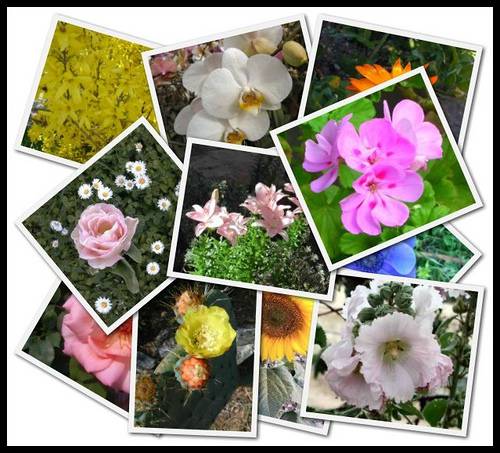Photo via http://ow.ly/Iegi303GVaO
I love learning new facts about my favorite blooms. The other day, I learned that roses have perfume glands on their petals. I always wondered what made the lovely pink roses in my garden smell so sweet! This week, I dug up some more fun facts about flowers that I know you’ll enjoy.
37 Fascinating Facts About Flowers
- Sunflowers can take poisons such as arsenic and uranium out of the soil.
- Daffodils are used to create galantamine, which is a medicine that treats Alzheimer’s disease.
- Rose hips contain lots of vitamin C.
- Ingesting day lilies can cause cats to experience kidney failure or even die.
- Dahlias are especially prone to catching viruses and bacterial infections.
- Dandelions are full of calcium, iron, and potassium as well as vitamins A and C.
- Tulips only live for about seven days.
- Some people pop lotus seeds and eat them like popcorn.
- Rafflesia is sometimes called a corpse flower because of its powerful odor. Also, it is the largest flower on record.
- One daffodil is the rent paid per year to Prince Charles by the wildlife trust on the Isles of Scilly.
- More than 35,000 species of rose grow worldwide.
- Tulip petals are edible and are found in some simple recipes.
- Crocus flowers produce the spice saffron.
- The name “foxglove” originates from an ancient tale. According to the story, foxes put these flowers over their paws to soften their footsteps when stalking their prey.
- The gladiolus earned its name (derived from the Latin for “small sword”) because of its similarity to the sword of a Roman soldier.
- Dried-out sunflower stalks are buoyant and were once used to make life jackets.
- A single rose branch found floating in the Sargasso Sea gave Christopher Columbus and his crew the encouragement they needed to push toward land and the New World.
- The oldest living roses in the world are growing on a wall of Germany’s Hildesheim Cathedral.
- Bulbs of tulips can be a replacement for onions in a recipe.
- Shasta daisies were created by combining Japanese daisies and ox-eye daisies.
- Bluebell flowers make a juice used to create glue.
- Some ancient civilizations burned aster leaves to ward off bad luck.
- Angelica is sometimes used to cure indigestion.
- Moon flowers open as the night approaches and close when the sun comes up.
- The reproductive parts of orchids take on the color and shape of the insects that the flower wants to attract. Insects approach the flower thinking they’re seeing a mate, and pollination occurs.
- Lilies contain oil that is sometimes used to soothe dry, cracked skin.
- The vanilla flavoring we buy in the grocery store comes from the Vanilla planifolia orchid.
- The small hairs on a bud of lavender are filled with the flower’s oil.
- Orange blossoms are used in many recipes and taste best when eaten just hours after they are picked.
- The name “pansy” comes from the French word “pensée,” meaning “remembrance.” Back in the 19th century, this bloom was a common ingredient in so-called love potions.
- Black-eyed Susans play host to the Silvery Checkerspot caterpillar.
- Colombia is the world’s biggest producer of carnations.
- Ancient civilizations considered the iris to be a symbol of power.
- Violets grow in a variety of climates throughout the world, making them adaptable to practically any environment.
- One old superstition claims that sniffing a tiger lily gives you freckles.
- The oil in geraniums can be used to make deodorant.
- Out of all of the many pansy colors, yellow and blue pansies have the most powerful scent.
![[Avas Flowers] Avas Flowers](https://www.avasflowers.net/newimg/avas-logo-new.png)

